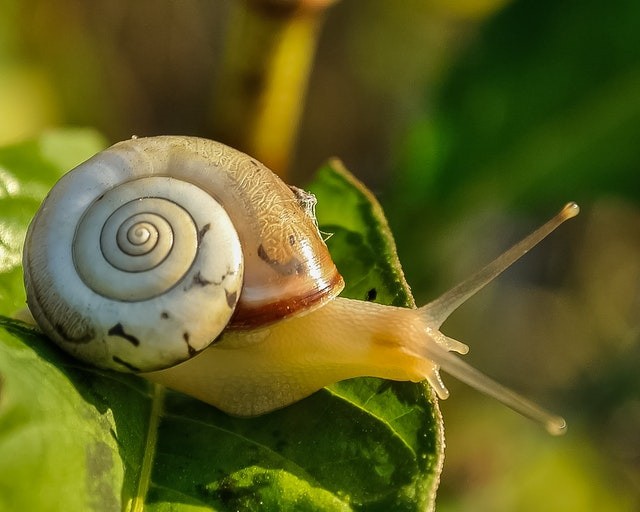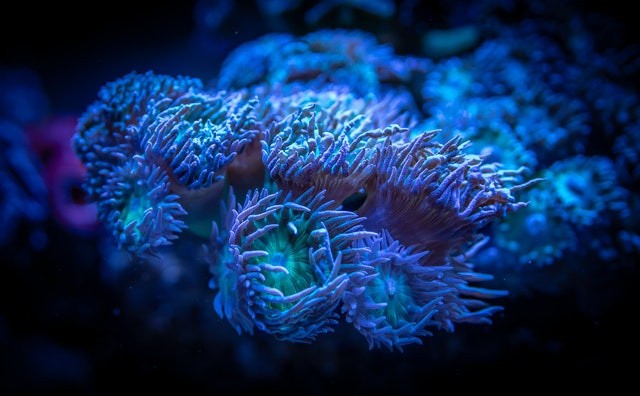With the use of sea slugs in Australia, researchers can get a better understanding of the change in climate. Since 2013, a citizen science program Sea Slug Census charged by volunteers has recorded along the Australian coast observations of these gastropods.
Southern Cross University in New South Wales was organized by Professor Steve Smith.This observations has taken place for more than 40 censuses. Dr. Smith explained that they had to run different sea slug census creating plans to improve new areas.

Colorful Molluscs
A group of striking and colorful molluscs named Nudibranchs has been remarkably helpful in understanding the effects of global warming. The reason is that these molluscs generally have a life span of less than a year, which suggests they react more rapidly to shifts in their environmental conditions.
More than 630 species have been cataloged by the scheme, assisting in the finding of new species and improving the distributional data for sea slugs too.
"The scientists thinks they are an incredible group to target for science-based citizens surveying marine health" says the professor.
Around 60 species have been located considerably distant south than their unusual distribution so far. This could show changes in both food supplies and the strength of currents, as well as water temperature.
He added that some have been recorded before 2,500 kilometers further south.
ALSO READ: Sea Slugs Slay Predators With Stored Toxins
East Australian Current
Doctor Steve also said "one of the things predicted to happen under climate change is the frequency of the East Australian Current and the increasing strength." The East Australian current is an enormous mechanism for transferring organisms in their larval stages.
So it means we have this conveyor belt of tropical species that are going to come into our coastal waters oftentimes.
Australia is not the only country sea slugs learn more about climate change.
The Hopkins' Rose nudibranch, a specific species, turned northern coastline and California's central pink a few years ago.
Scientists from the Marine Laboratory in Bodega and Academy of Sciences California started tracing in January 2015 the extraordinary high distribution of the bright pink sea slug. In Southern California Hopkins' Rose nudibranchs are familiar sight, as the water temperature is normally too cold to sustain the large population, It is unique to see them in substantial numbers further north.

Outcomes of Changing Coastal Environment
Academy Curator of Invertebrate Zoology and Geology Dr. Terry Gosliner explained - while we are delighted to watch this graceful bloom of naturally-rare nudibranchs, we are worried about the outcomes of our changing coastal environment long term.
This particular species of sea slug presence is believed to be denotative of unexpected population booms and major climate changes could be used to assess future changes.
Doctor Steve also announced that the recent climate conditions are considered for some of our special slugs, but we can't dismiss that warming seas mean less food for sea habitat and unfavorable effects for all marine ecosystems. California's remarkable marine life can't always adapt to so much inconstancy.
RELATED ARTICLE: Hooded Sea Slug
For more news, update about the evironment and similar topics, don't forget to follow Nature World News
© 2025 NatureWorldNews.com All rights reserved. Do not reproduce without permission.

